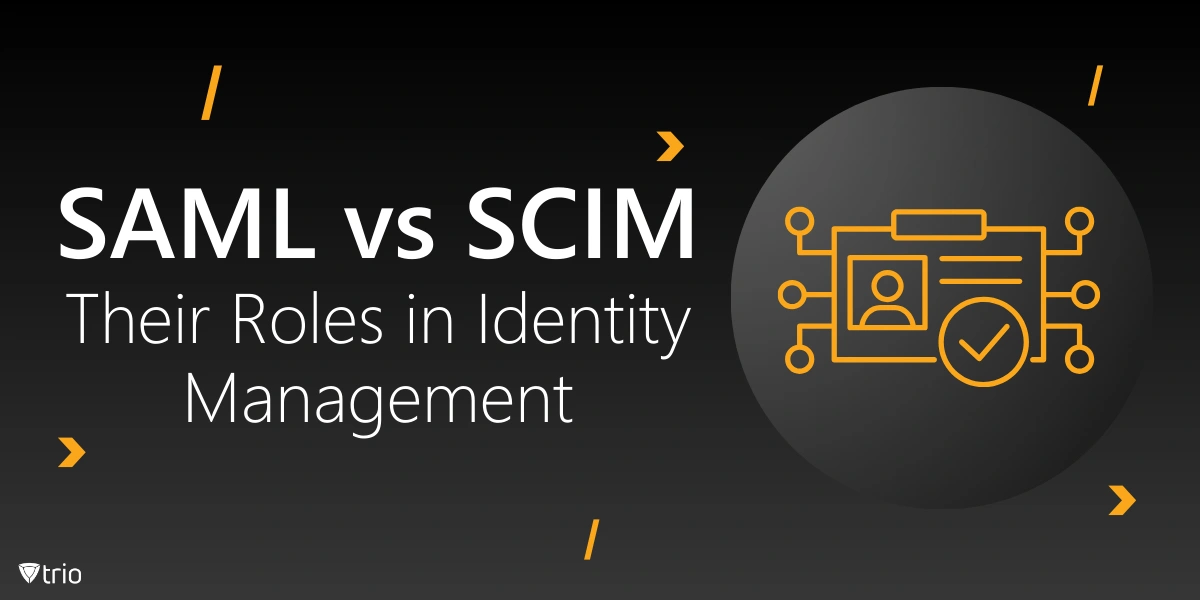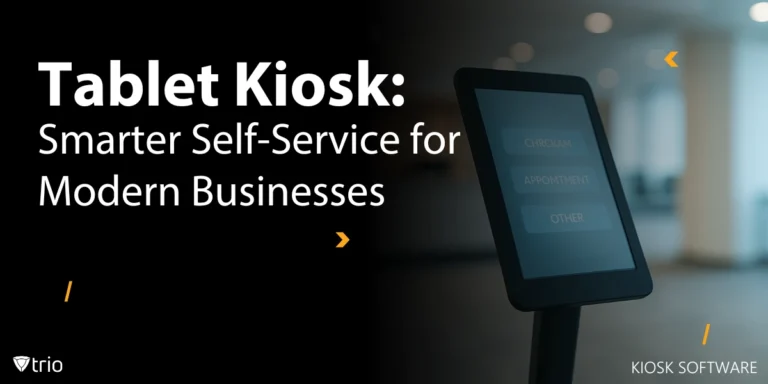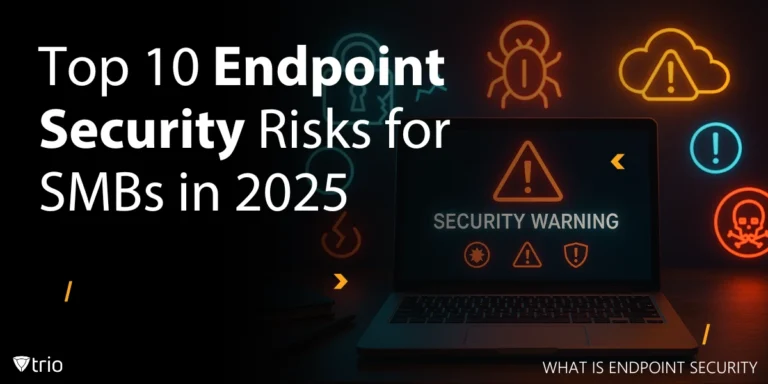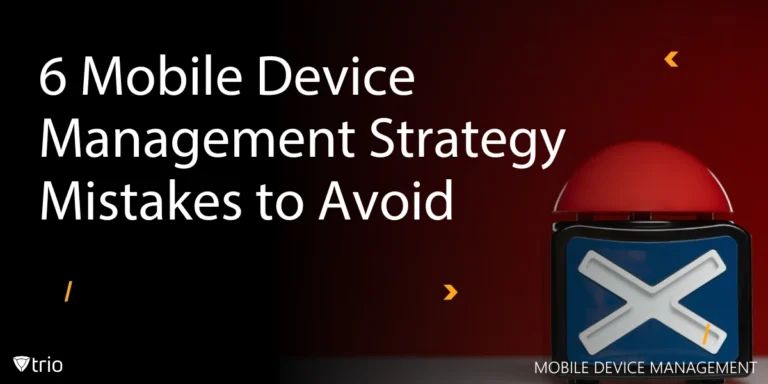In today's digital environment, businesses rely heavily on secure authentication and efficient user management to protect sensitive data and resources. Two technologies that play pivotal roles in identity management are SAML (Security Assertion Markup Language) and SCIM (System for Cross-domain Identity Management). Here we will compare SAML vs SCIM. According to Data Bridge Market Research, “The security assertion markup language (SAML) authentication market size is valued at USD 5.02 billion by 2028.” The market for SCIM is predicted to reach USD 9.68 billion by 2030.
While both are essential for streamlining identity and access management (IAM) across platforms, they serve distinct purposes. In this blog, we’ll explore the differences between SAML and SCIM, how they work, and when you should use each.
What Is SAML?
SAML (Security Assertion Markup Language) is an open standard used for authentication and authorization between a service provider (SP) and an identity provider (IdP). SAML allows users to authenticate once with an identity provider and access multiple web applications without needing to log in again (single sign-on or SSO). It is widely used by organizations to provide secure, seamless access to web-based applications and services, making it a key component of federated identity management.
SAML works by passing authentication information between an identity provider (such as a company’s identity server) and a service provider (such as a third-party app). When a user attempts to access a service, the service provider sends an authentication request to the identity provider. If the user is authenticated, the identity provider sends a SAML assertion back to the service provider, verifying the user's identity. This process enables SSO, allowing users to access various services with a single login.
Key Benefits of SAML:
- Single Sign-On (SSO): SAML is most commonly used for SSO, enabling users to access multiple services after authenticating once.
- Security: SAML ensures secure authentication by transmitting encrypted credentials, reducing the risk of password-related attacks.
- Simplified User Experience: By eliminating the need for multiple logins, SAML improves the user experience and reduces password fatigue.
What Is SCIM?
SCIM (System for Cross-domain Identity Management) is an open standard used to automate the provisioning, de-provisioning, and management of user identities across multiple systems and services. SCIM allows for the seamless synchronization of user attributes such as roles, group memberships, and contact details between an identity provider and service providers. This makes it easier to manage user access across various platforms, particularly in environments where employees frequently join, leave, or change roles within an organization.
SCIM automates the process of creating, updating, and deleting user identities across systems. For example, when a new employee is onboarded, SCIM ensures that their user account is automatically created in all relevant applications and systems. When an employee leaves, SCIM deactivates their access to these services. This synchronization happens in real time, reducing the administrative burden and minimizing human error.
Key Benefits of SCIM:
- Automated Provisioning and Deprovisioning: SCIM simplifies the process of managing user identities, reducing the time and effort needed to manually create and delete user accounts.
- Consistency Across Systems: By synchronizing user attributes and roles across multiple platforms, SCIM ensures that user data is consistent, up-to-date, and accurate.
- Scalability: SCIM is highly scalable, making it ideal for organizations that need to manage user identities across a large number of applications and services.
SAML vs SCIM Comparison
While SAML and SCIM are both essential for identity management, the differences between SAML and SCIM indicate that they serve different purposes. For example in the case of comparing SAML vs SCIM for SSO, SAML is primarily focused on authentication and authorization, ensuring secure user access to services through single sign-on (SSO). On the other hand, SCIM is focused on user provisioning and management, automating the process of adding, updating, and removing user identities across systems. Here we explain when to use SCIM vs SAML:
When to Use SAML
SAML is ideal when your focus is on authentication and providing users with a seamless login experience across multiple services. If your organization uses a variety of third-party applications and you want users to log in once and access everything through a single sign-on portal, SAML is the best solution. It’s also particularly useful when integrating with services that support federated identity management.
Common use cases for SAML include:
- Single Sign-On (SSO): In the case of comparing SAML vs SCIM authentication uses, SAML allows users to authenticate once and gain access to multiple services without needing to log in again.
- Federated Identity: Integrating identity providers (such as Google, Okta, or Microsoft Azure) with service providers for secure, streamlined user access.
When to Use SCIM
SCIM is the go-to solution for organizations that need to automate user provisioning and management. When comparing SAML vs SCIM for identity management, SCIM is better. If your business regularly handles employee onboarding, offboarding, or changes in user roles, SCIM integration simplifies the process by automatically synchronizing user accounts across your systems. It ensures that user identities are created, updated, and deleted consistently across all platforms.
Common use cases for SCIM include:
- Automated Provisioning: Automatically creating user accounts when new employees are onboarded, saving time and reducing administrative burden.
- Deprovisioning: Ensuring that user access is revoked when employees leave, minimizing security risks by preventing unauthorized access.
- Role and Group Management: Keeping user attributes, roles, and group memberships in sync across multiple applications.

SAML and SCIM: Working Together
Although SAML vs SCIM integration serve different purposes, they are often used together to create a comprehensive identity and access management (IAM) solution. By integrating SAML for authentication and SCIM for provisioning, organizations can ensure both secure access and efficient management of user identities across their systems.
For example, SAML can handle single sign-on for user authentication, while SCIM automatically updates and manages user accounts. This combination provides businesses with a robust and scalable solution for managing user identities and securing access to their applications.
Conclusion: Which One Do You Need?
The choice between SAML vs SCIM protocol differences depends on your organization’s needs. If your priority is to enable single sign-on (SSO) and simplify authentication across multiple services, SAML is the best solution. On the other hand, if you compare SAML vs SCIM user provisioning, SCIM is essential for keeping user data consistent and up-to-date across platforms.
Many organizations will find that they need both technologies to build a complete identity and access management system. By using SAML for authentication and SCIM for provisioning, you can ensure that your users have secure, seamless access to the services they need while also simplifying the management of their identities.
Ready to enhance your identity management system? Try Trio’s Mobile Device Management solution, which integrates advanced authentication and provisioning tools like SAML and SCIM. Start your free trial today.
Get Ahead of the Curve
Every organization today needs a solution to automate time-consuming tasks and strengthen security.
Without the right tools, manual processes drain resources and leave gaps in protection. Trio MDM is designed to solve this problem, automating key tasks, boosting security, and ensuring compliance with ease.
Don't let inefficiencies hold you back. Learn how Trio MDM can revolutionize your IT operations or request a free trial today!





